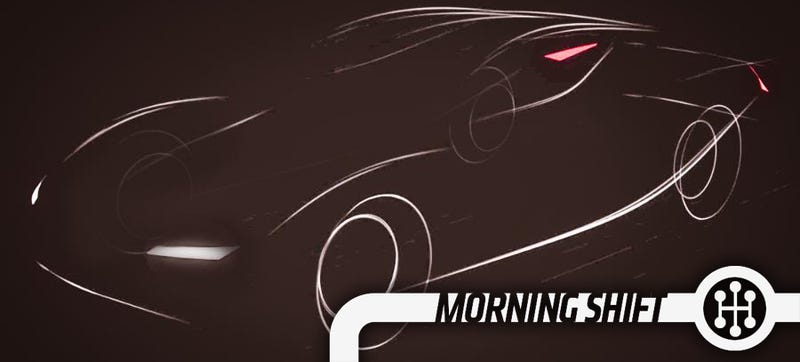Dec. 23, 2015 2:43 p.m. ET
MY TRIP FROM L.A. to San Francisco in a 2016 Chevrolet Volt was an outlier, as Malcolm Gladwell would say. The redesigned Volt is a city car, with 53 miles of all-electric-vehicle range before it has to fire up the range-extending 1.5-liter gas engine. That's enough to cover Americans' average daily commute (37 miles) with room to spare. And within those 53 miles, the Volt thrives as a light, quick presence, an electric hummingbird, with premium cabin innards and 0-30 mph acceleration (2.6 seconds) that will dispatch your coffee to the back seat.
Beyond those 53 miles, in range-extender mode, the hummingbird sounds a bit more like a wasp trapped in the windscreen. Particularly up the merciless grade known as the Grapevine on the I-5 toward the Tejon Pass, the Volt struggled with the physics of the affair, which sussed out to be 101 horsepower drawing a 3,543-pound car up a mountain (once the batteries are depleted the engine power is routed directly to the front wheels). At 80 mph the little engine was working hard and the noise-abatement measures weren't.
Then I had a revelation, one that Volt designers must have had many years ago: You can't make range-extender mode too pleasant, lest consumers just forget it's a plug-in hybrid car and keep filling it with gas and never plugging in. That would be, in engineering parlance, stupid. So, I was in "punishment mode" the whole way to San Francisco, which I thought was pretty funny.
I know the Volt fires up the political bases. Rolled out in the days of GM GM -0.52 % 's government-financed restructuring, the tidy plug-in hybrid was loathed as Obama's Popemobile, even though the Volt project was initiated during the Bush administration. And to people who declaim it as a worthless product of governments' intervention in markets and industry, I say, yes, that's correct, except for the worthless part.
Actually, the Volt is quite worthy and still a bit visionary. You don't think plug-in hybrids with range-extenders will ever catch on? Just hold your breath, 1, 2, 3.
If I may write two terms on the blackboard: urbanization and low-emissions zones (LEVs). As to the first, 81% of Americans live in urban areas, and U.S. rural population is ticking down. So any rules that affect solely urban areas would still affect the vast majority of Americans. Globally, half the world's population are city dwellers; the U.N. predicts by 2050 two out of three persons will live in urban areas.
At the recent Paris climate-change conference, a group representing the world's largest cities, the C40, announced aggressive targets to cut carbon emissions. Dozens of European cities have low-emission or no-emission zones in place or in progress. Of particular gravity is the financial and cultural giant London, which was a leader in congestion taxes. London aims to cut emissions by 60% over 1995 levels in the next decade. That will require steep cuts in vehicle emissions. Pretty soon if the world's elite want to wheel their Ferraris down to Kensington, they are going to need a plug.
Urban populations in the U.S. are reliably politically blue and can be counted on to advance a progressive agenda regarding carbon and vehicle emissions at the ballot box. For example: If auto makers want to sell their wares in California, the most populous state and largest car market, they have to play by rules set by Californians themselves, through the California Air Resources Board, among other agencies. Because of this , California clean-air rules have had a determinative effect on most of the automotive world.
Seattle, New York, Portland, San Francisco and Austin are among the U.S. cities pledging to move toward carbon neutrality. Further out are weather-makers like the U.S. Corporate Average Fuel Economy standards, which will require auto makers to achieve 54.5 mpg fleet average by 2025. The EU has its own upward slope of standards.
The 2016 Chevy Volt
Base price: $37,520
Price, as tested: $39,830
Powertrain: Plug-in hybrid architecture, with dual electric traction motors powered by a 18.4-kwh lithium-ion battery pack; 1.5-liter in-line four cylinder, gas-powered range extender; front-wheel drive.
System horsepower/torque: 149 hp/294 lb-ft of torque
Length/weight: 180.4 inches/3,543 pounds
0-60 mph: 7.8 seconds
EPA fuel economy: 106 mpg-e (all electric mode); 42 mpg (combined, regular gas)
Cargo capacity: 10.6 cubic feet
So, now, you are the powertrain engineer. Design a family sedan that is emission-free within a given range—which, barring onboard carbon sequestration, means electric—but is otherwise uncompromised in terms of ready refueling. What you will find is a solution very much like the Volt: an electric vehicle with a small, gas-powered range extender.
Of course, yours doesn't have to be quite such a snooze to look at. Where the first Volt's NASA-like styling signified a different kind of car, the new Volt embraces family-sedan convention, if not idolizes it. Except for the embossed metallic grille, the Volt is hard to distinguish from the Cruze, with which it shares GM's Delta II platform and general silhouette. The Volt looks like a Cruze with tin foil on its teeth.
In other respects, the Volt is the car you would have expected if you had given the original team five more years to work. Example: The traction-battery capacity is up to 18.4 kwh, about 20% more energy in a battery that is about 20% lighter. The increase accounts for the Volt's 53-mile EV range, up from the previous 38. Progress marches on.
A common refrain of EV doubters is that lower-cost efficiencies can still be found in the internal combustion engine. Actually, the 2016 Volt agrees. Replacing the first generation's port-injected, iron-block 1.4 liter that drank premium unleaded, the new direct-injection, aluminum-block 1.5 liter is lighter and more powerful (101 hp vs. 84 hp) and quieter overall, unless you are flogging it across the Imperial Valley on dinosaur fumes.
The fresher engine, part of GM's EcoTec family, accounts for the Volt's higher combined fuel economy (106 mpg-e) and higher efficiency in range-extender mode (42 mpg combined). The tweaks to the powertrain hardware net a weight savings of more than 100 pounds.
The Volt also gets more muscle on the electric side, with dual-traction motors on the front axle combining to produce 111 kw of power (149 hp) and gracious 294 pound-feet of torque. Car and Driver recently timed a Volt hitting 60 mph in a crisp 7.8 seconds.
The new cabin controls are dominated by two big LCD screens, profuse with color-filled graphics. Under the front binnacle, the display integrates status readouts with ongoing route data. In the center stack, the old Volt's iPhone-like plastic fascia with capacitive switches has been replaced with an iPad-like 8-inch touch-panel above a bank of climate controls.
Our tester had the book thrown at it, including navigation, smart headlamps and automatic lane keeping.
The irony is the Volt points the way toward its own obsolescence. In the next decade, supercharging and wireless vehicle charging will become commonplace. Range anxiety—the psychic principle upon which the Volt program is premised—will disappear.
The road to San Francisco is getting shorter all the time.
Source:
Chevy Volt Sets Path for More Electric-Car Growth

![Chevy Volt recharging on the street in Cambridge, MA [photos: John C. Briggs] Chevy Volt recharging on the street in Cambridge, MA [photos: John C. Briggs]](http://images.thecarconnection.com/med/chevy-volt-recharging-on-the-street-in-cambridge-ma-photos-john-c-briggs_100439086_m.jpg)
 The Audi e-tron quattro concept paves the way for a forthcoming battery electric vehicle from the German marque. Jonathan Gitlin
The Audi e-tron quattro concept paves the way for a forthcoming battery electric vehicle from the German marque. Jonathan Gitlin  CGI gives us the first glimpse inside Porsche's electric Mission E
CGI gives us the first glimpse inside Porsche's electric Mission E  Sports car with a social conscience: Ars reviews the BMW i8
Sports car with a social conscience: Ars reviews the BMW i8 
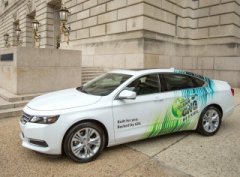






 What the heck is OPEC?! Warning: If you are a supporter of Tesla, electric cars and alternative-energy vehicles, this report will upset you.
What the heck is OPEC?! Warning: If you are a supporter of Tesla, electric cars and alternative-energy vehicles, this report will upset you. 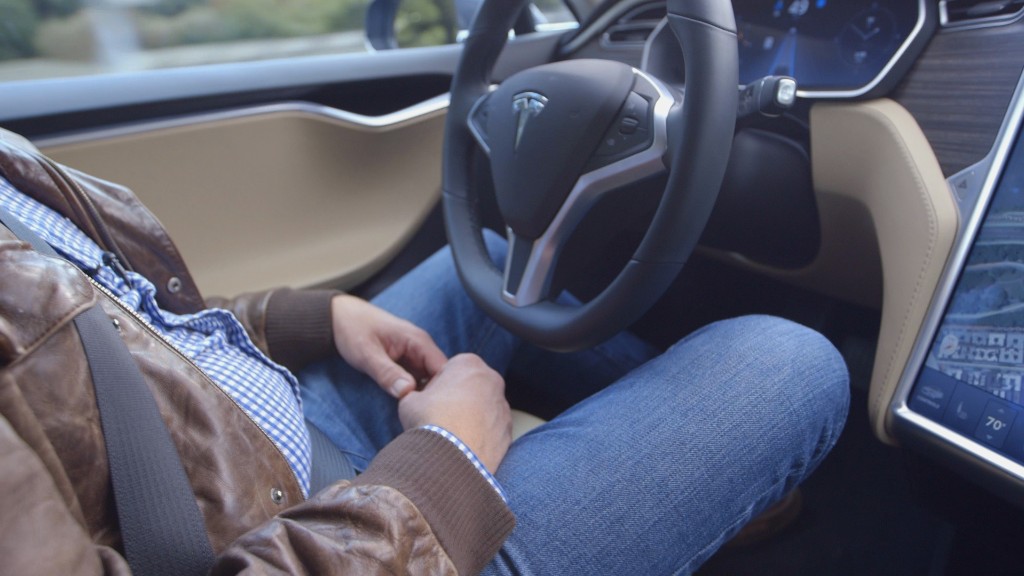 Tesla makes handsfree driving a reality
Tesla makes handsfree driving a reality 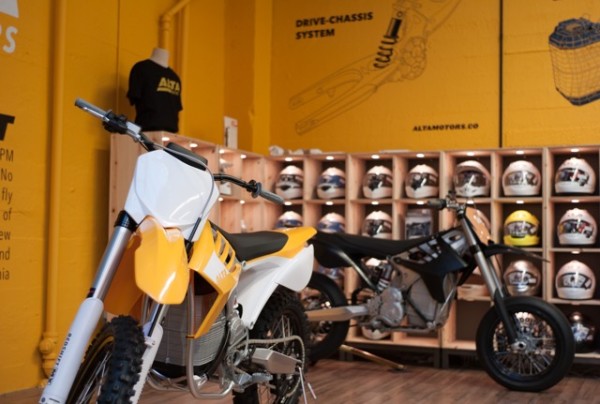
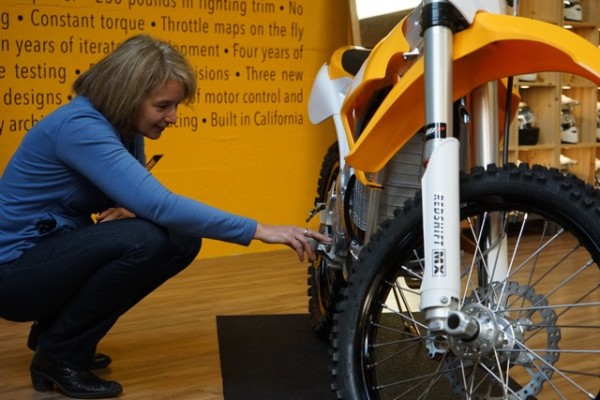

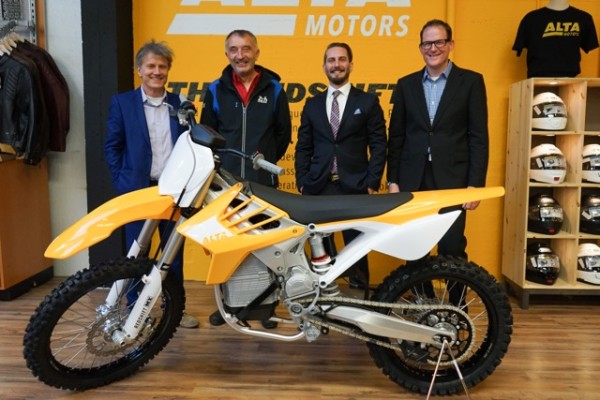


 On numerous occasions, I have wanted to know and share some specs or other info regarding production electric cars and EV batteries but had a hard time finding what I was looking for — either because it was buried on the manufacturer's site, not on there at all and hard to find in any press releases or articles, or only speculated about or reported by a questionable source. So, I decided to put together a Google Sheet for various matters that are important to me for every electric car on the US market and many available in Europe*.
On numerous occasions, I have wanted to know and share some specs or other info regarding production electric cars and EV batteries but had a hard time finding what I was looking for — either because it was buried on the manufacturer's site, not on there at all and hard to find in any press releases or articles, or only speculated about or reported by a questionable source. So, I decided to put together a Google Sheet for various matters that are important to me for every electric car on the US market and many available in Europe*.
